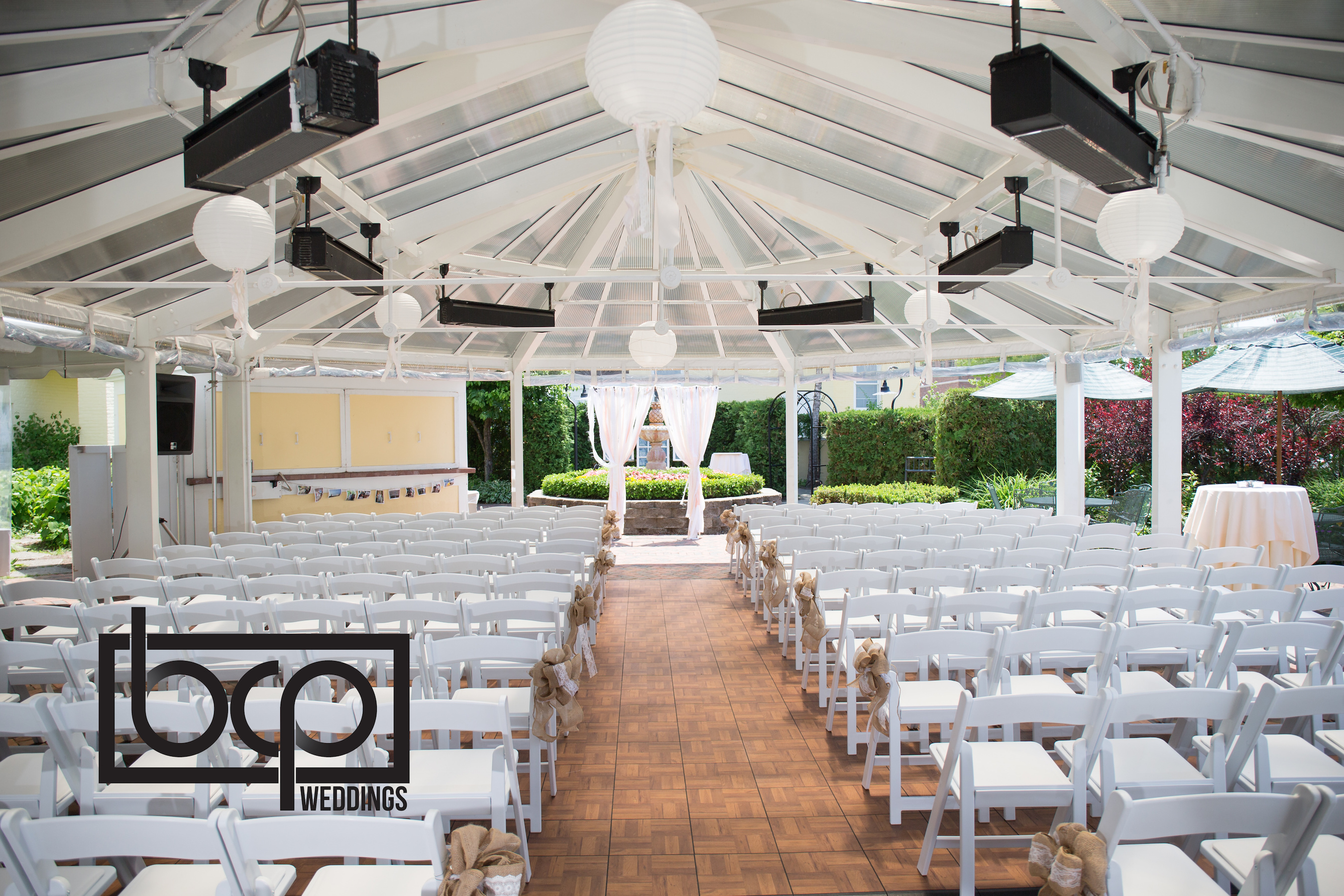Ceremonies: What to think about.
Ceremonies are the most beautiful part of a wedding. Think about it–two people professing their love for one another and becoming one. Combine that emotion with a beautiful indoor or outdoor setting and achieve life long memories for you, your guests, and your family.
Going along with the scenery and the emotions of the day are often special vows, scriptures, songs or readings. Of course, your invited guest will want to hear those–which makes ceremony sound, when done right, an integral part of your day. From a properly mic’d officiant to well-placed speakers, it’s important that your ceremony sound provider go over the details of one of the most important parts of your life in advance with the key people involved. Here are a few points to go over:
1. What type of microphone does the officiant request?
There are three choices — Lavaliere, Headset, or Handheld. Often the officiant will request a lavaliere microphone — which is a clip on mic that usually is attached the lapel, neck, or tie of the officiant. These mics are great for pictures but sometimes not great for wind interference. In fact, “Lav” mics were never meant for amplified sound in the beginning, only television or video work. If your ceremony is in an area with high wind, it may be advisable to consider another option. Sometimes, it’s even better to go without a mic than have wind interference.
Remember the days of boy bands? They danced around the stage with headset microphones. Fortunately for wedding photos the word over, however, they have gotten smaller and more appropriate for wedding ceremonies. They often are better at cutting out wind interference for the officiant due to proximity to the mouth.
The third option is also the most familiar. Handheld microphones have been around since the dawn of amplified sound. Wireless version of these mics are used for a variety of applications, and wedding ceremonies are no exception. One issue to consider, however, is the appearance of having a (mic on a stand) directly in front of the officiant in wedding photos of the ceremony. While the best sounding and most versatile option of the three mic styles, appearance is something to consider. These microphones are often used for readers or soloists.
2. Will there be any readings or solos?
This will determine the number of Microphones needed for your ceremony. Typically, the officiant will have a mic, the groom may have a mic (to pick up both the bride and the groom), and a reader or soloist will have a microphone.
3. What will the music choices be for the key elements?
Typically, couples choose songs to accompany the entrance of grandparents, parents, wedding party, the bridal processional , any special beer, sand, candle, or art ceremony, and a recessional. Also, a fun part of the customizing of your wedding ceremony is selecting what the pre-music and post-music (if needed) will be.
4. Will there be a receiving line or will the couple release guests?
If the couple and the family (and wedding party) will be greeting guests at the rear of the ceremony area (while guests are exiting), it’s a great idea to have some background music playing (as well if the couple is releasing rows).
5. Will the music be pre-recorded or from a instrumentalist or musical group?
It is very common to have a guitarist, violinist, flutist, or cellist play the music for the ceremony. Even more common is the use of pre-recorded music, where your guests can enjoy your selections for these important moments in their original form. If the latter is the case, please consider BCP weddings for your ceremony sound options!
Jake Feldman



